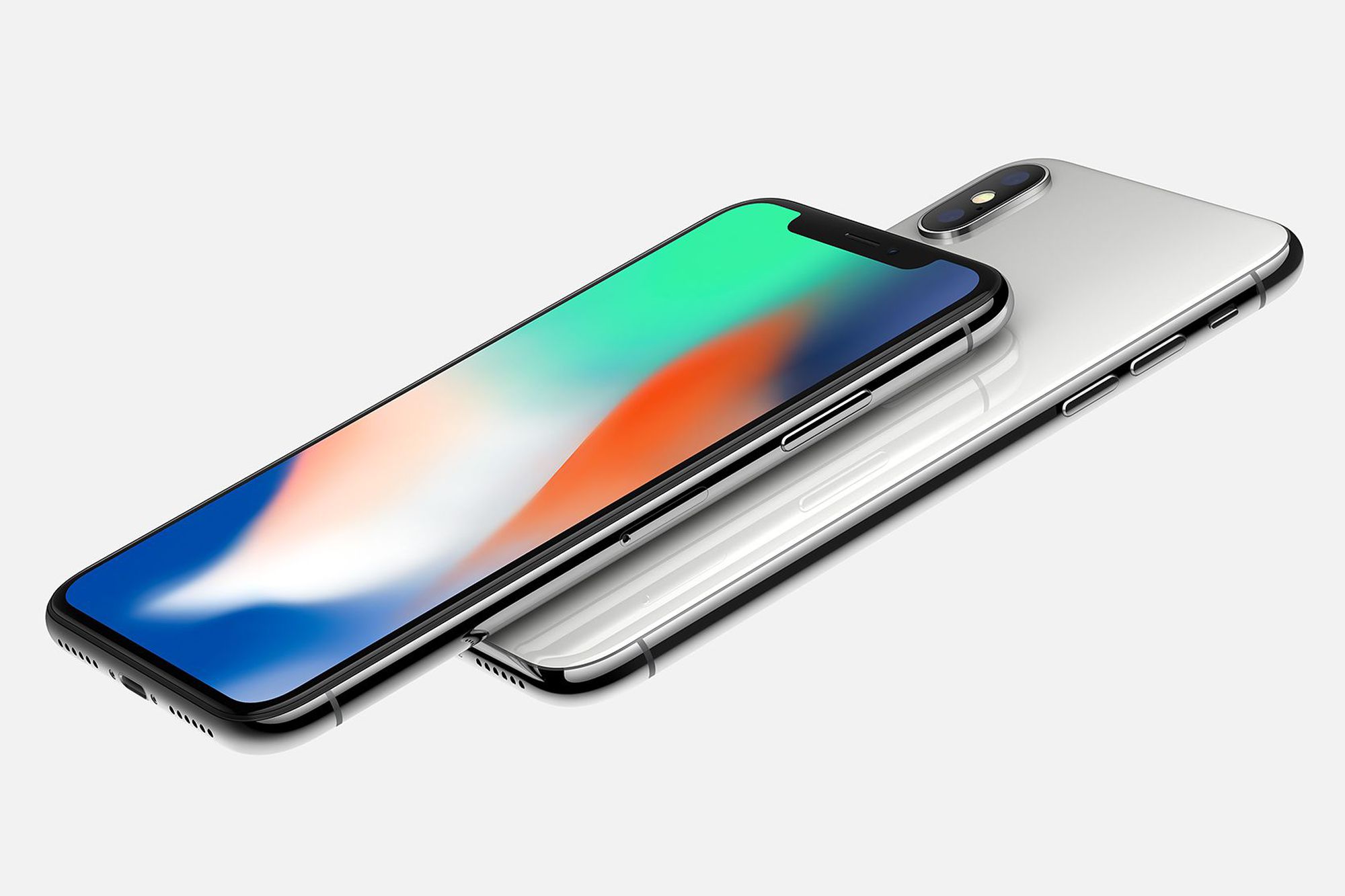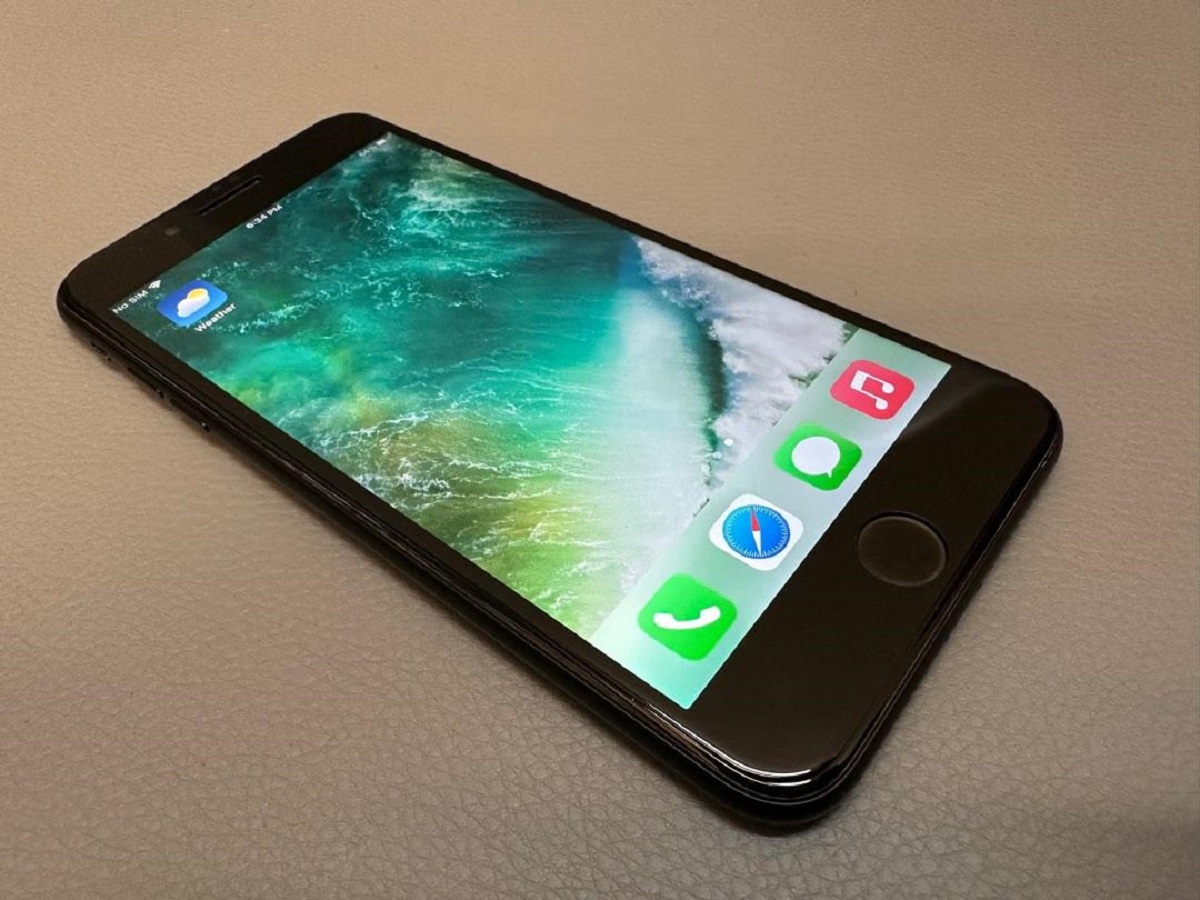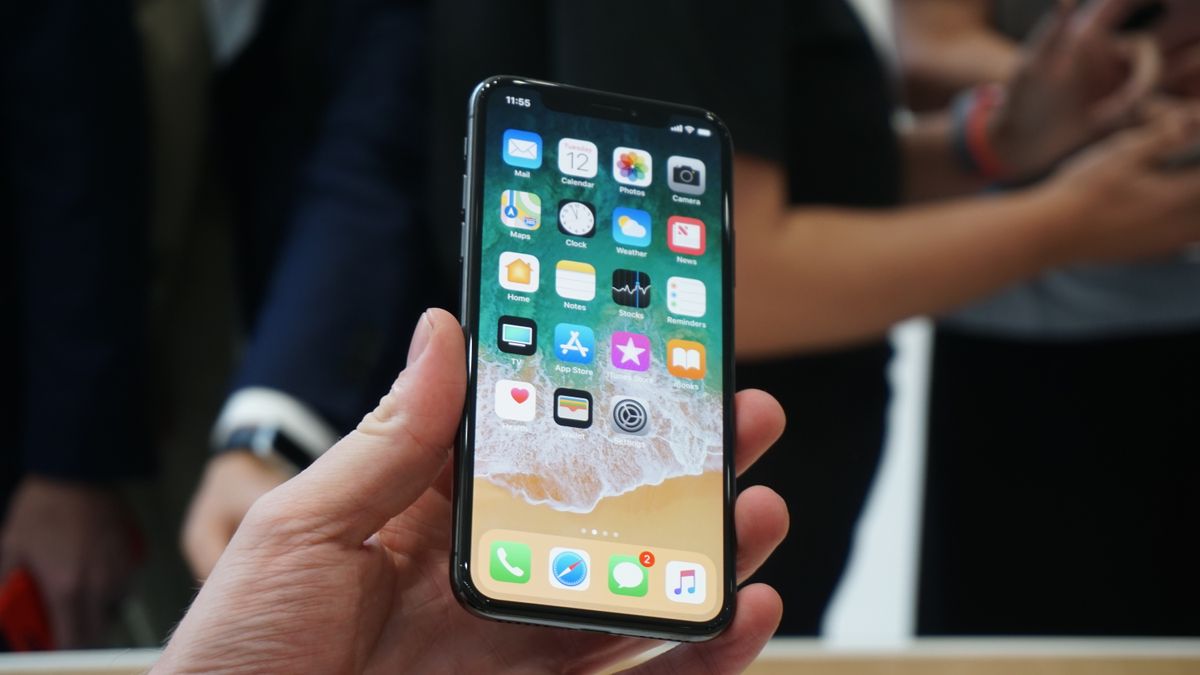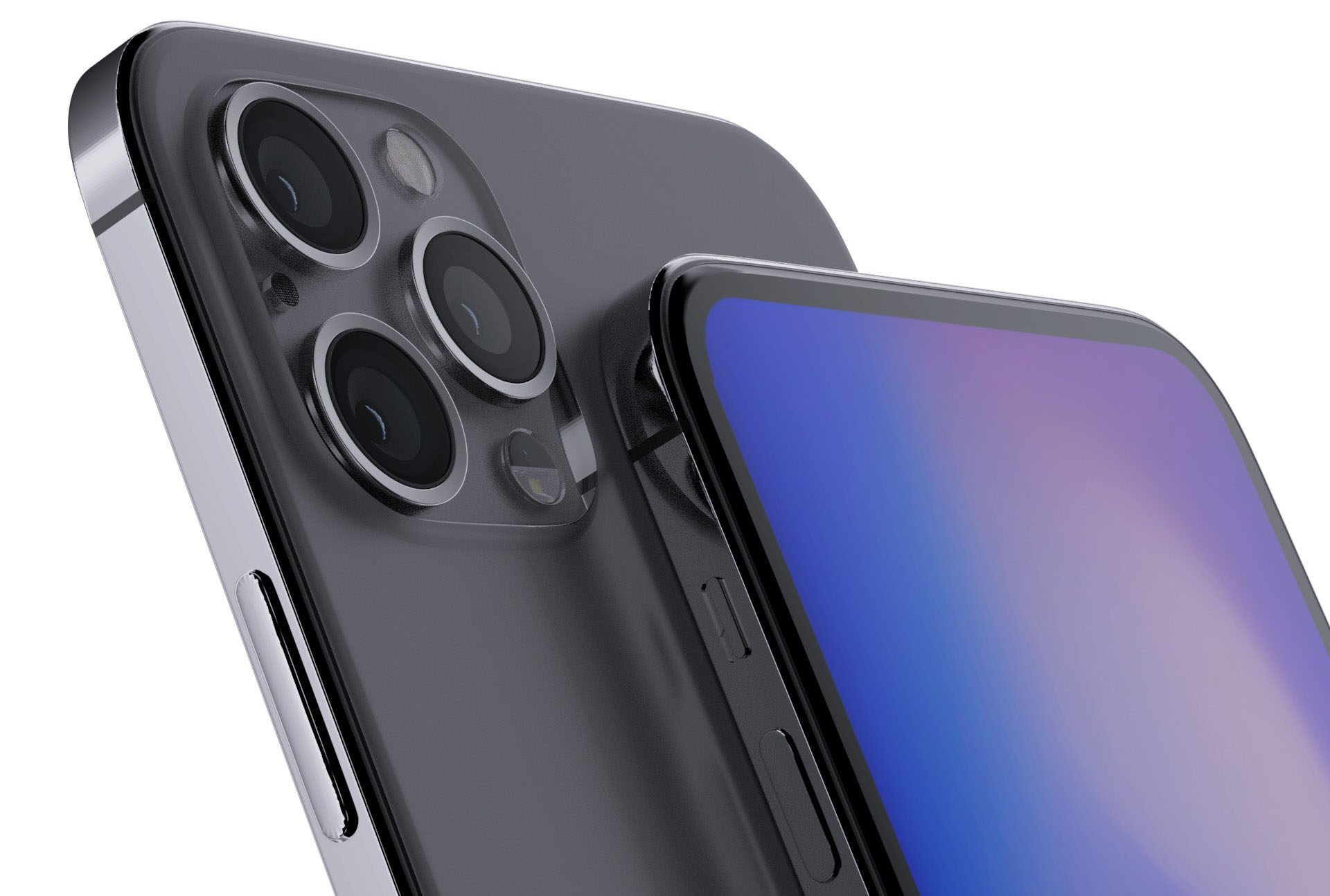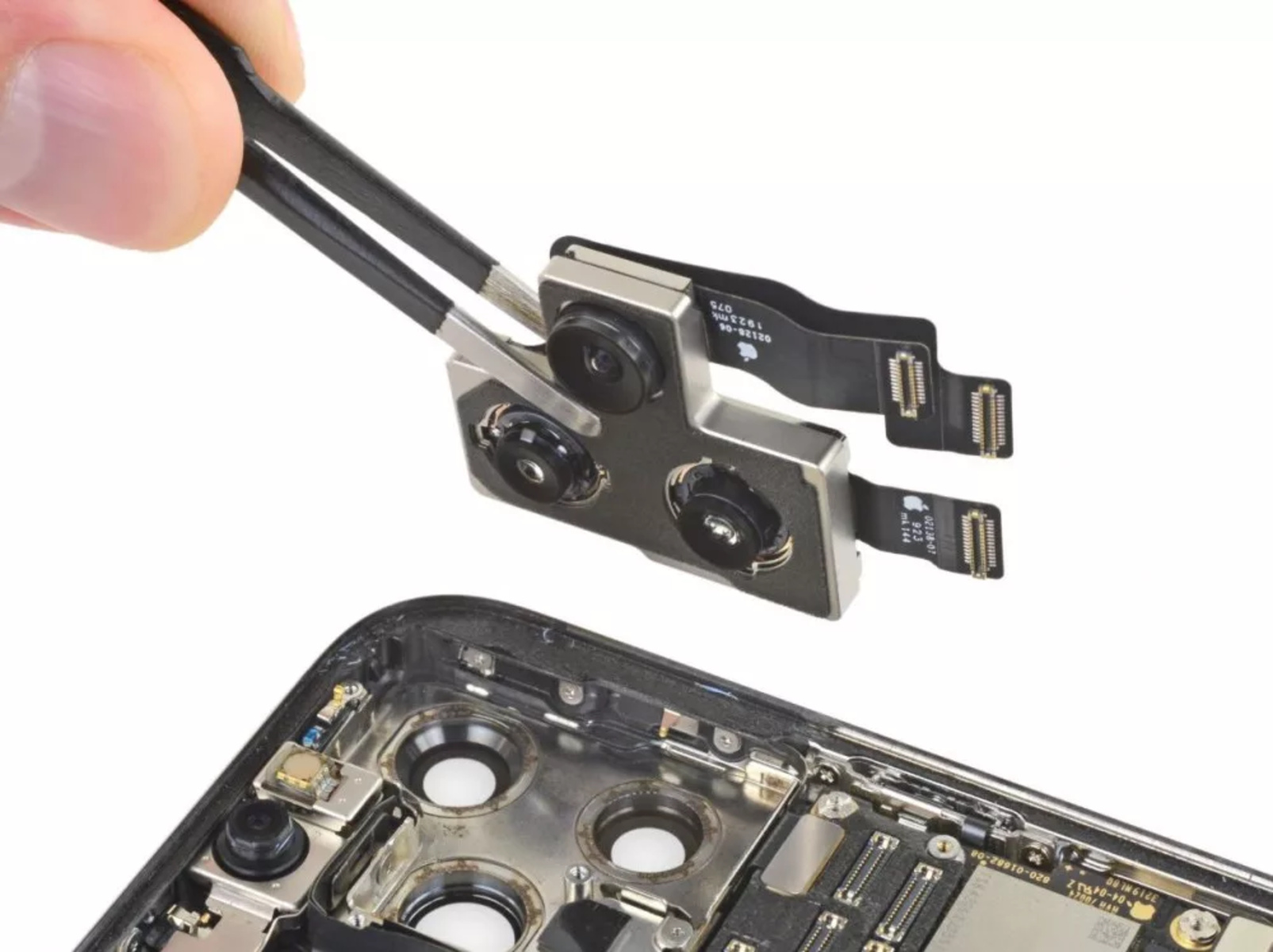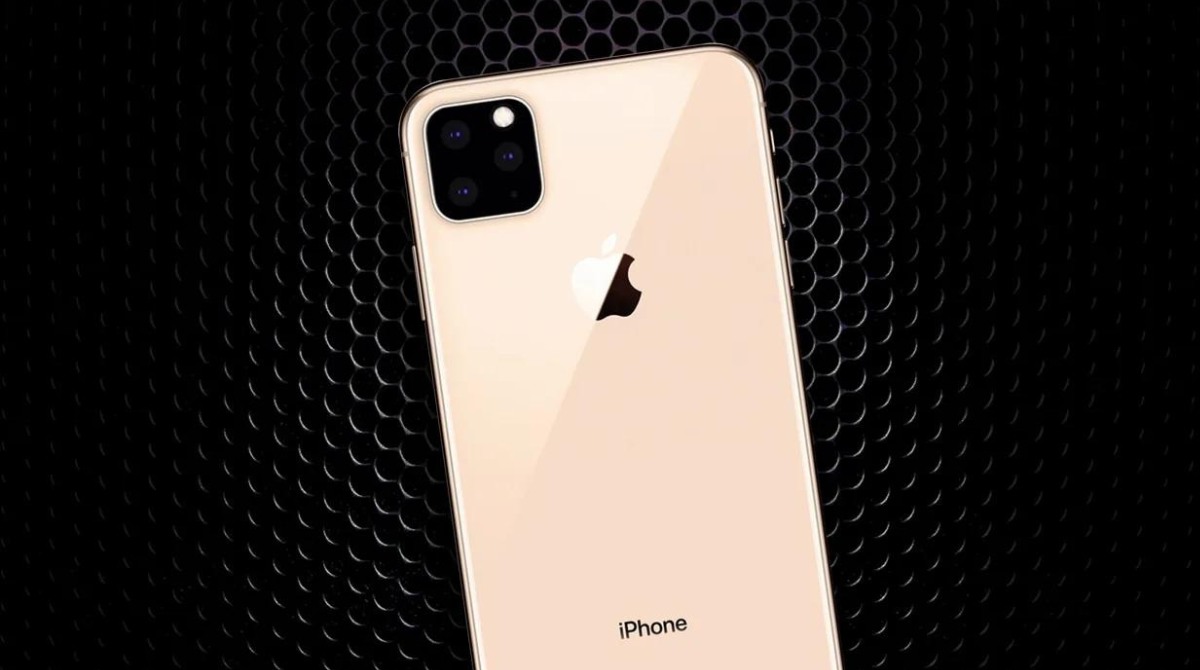Introduction
Welcome to the world of iPhones, where each new release brings excitement and anticipation. One important aspect of any smartphone’s performance is its RAM, which stands for Random Access Memory. RAM is the temporary storage space used by your device to store data and run applications.
In this article, we will delve into the topic of iPhone X’s RAM and explore its significance in the overall performance of the device. We will also compare iPhone X with its predecessors and discuss why it has a lower amount of RAM compared to other flagship smartphones.
Apple’s iPhone X, released in 2017, was a game-changer in the smartphone industry with its edge-to-edge display, facial recognition, and powerful A11 Bionic chip. However, there have been mixed opinions about its RAM capacity, which has raised curiosity among tech enthusiasts.
RAM plays a crucial role in determining a smartphone’s multitasking capabilities and overall speed. It allows your device to switch between applications seamlessly and ensures smooth performance, especially when using resource-intensive tasks or running multiple apps simultaneously.
Now that we understand the importance of RAM, let’s delve into how much RAM previous iPhone models had, and then explore the RAM capacity present in iPhone X.
RAM: What is it and why is it important?
Random Access Memory (RAM) is a crucial component of any electronic device, including smartphones. It is a type of computer memory that allows for the temporary storage and quick access to data. Unlike the permanent storage provided by the device’s internal storage (typically flash memory), RAM is volatile, meaning it loses its data when the device is turned off or restarted.
RAM is essential for the smooth functioning of a smartphone as it directly impacts its multitasking capabilities and overall performance. When you open an application on your phone, it gets loaded into the RAM, allowing for quick access to its data and resources. The more RAM a device has, the more applications it can store in its memory simultaneously. This enables users to effortlessly switch between apps, handle resource-intensive tasks, and experience seamless multitasking.
One of the primary advantages of RAM is its speed. Unlike the comparatively slower internal storage, RAM provides much faster data access times. This allows for quicker app launches, smoother navigation, and lag-free performance. The larger the RAM capacity, the more data can be stored in it, reducing the need for constantly loading and unloading data from the slower internal storage, resulting in improved overall responsiveness.
Furthermore, RAM also plays a significant role in enhancing gaming experiences. Mobile games, especially graphic-intensive ones, require ample RAM to run smoothly without any lag or stutter. With greater RAM capacity, the device can store more game assets and data, ensuring immersive gameplay without any performance issues.
In summary, RAM is a crucial component of smartphones as it enables efficient multitasking, seamless app switching, faster performance, and smoother gaming experiences. It ensures that your device can handle a wide range of applications and tasks simultaneously, without compromising on speed or responsiveness.
RAM in previous iPhone models
Over the years, Apple has consistently improved the RAM capacity in its iPhone lineup to meet the growing demands of users and advancements in technology. Let’s take a look at the RAM configurations of some notable previous iPhone models:
- iPhone 6 and 6 Plus: These models were equipped with 1GB of RAM. While this might seem modest by today’s standards, it was sufficient for the devices at the time.
- iPhone 6S and 6S Plus: The RAM capacity was increased to 2GB in these models, offering improved performance and better multitasking capabilities.
- iPhone 7 and 7 Plus: Apple continued with 2GB of RAM in the iPhone 7 series, ensuring a smooth user experience and efficient app management.
- iPhone 8 and 8 Plus: These models maintained the same 2GB RAM capacity as their predecessors, providing reliable performance and sufficient memory for everyday tasks.
- iPhone X, XS, and XS Max: Apple introduced 3GB of RAM in the iPhone X, XS, and XS Max. This upgrade enhanced the multitasking capabilities and overall speed of the devices.
- iPhone XR: The iPhone XR also featured 3GB of RAM, ensuring a seamless experience and efficient handling of multiple apps.
It is essential to note that while the RAM capacity is a crucial factor in a smartphone’s performance, it is not the sole determinant. Apple’s integration of hardware and software optimization, alongside their powerful A-series chips, allows them to deliver exceptional performance and efficiency even with seemingly lower RAM capacities compared to Android counterparts.
Now, let’s dive into how much RAM the iPhone X has and explore the reasons behind Apple’s decision to opt for a specific RAM configuration.
How much RAM does iPhone X have?
The iPhone X, released in 2017, is equipped with 3GB of RAM. This upgrade from the 2GB RAM configuration in previous iPhone models was aimed at enhancing the device’s multitasking capabilities and overall performance. With 3GB of RAM, the iPhone X can efficiently handle a multitude of applications simultaneously, allowing users to seamlessly switch between apps without any noticeable lag or slowdown.
While 3GB of RAM may seem relatively low compared to some flagship Android smartphones that boast 6GB or even 8GB of RAM, it is important to recognize Apple’s focus on hardware and software optimization. Apple’s iOS operating system is renowned for its efficiency, and the tight integration between the operating system and the A-series chip ensures that the iPhone X delivers impressive performance despite the seemingly lower RAM capacity.
Moreover, the iPhone X’s A11 Bionic chip, which features a six-core CPU and a neural engine, further complements the device’s RAM capacity. The powerful chip helps in quickly accessing and processing data, reducing the strain on the RAM and improving overall performance.
Apple’s decision to equip the iPhone X with 3GB of RAM was likely a result of their commitment to delivering an optimal user experience. They have carefully balanced the hardware specifications, including RAM, with their software, ensuring that the device performs flawlessly and efficiently in real-world usage scenarios.
Now that we know the RAM capacity of iPhone X, let’s explore the reasons behind Apple’s decision to opt for a lower amount of RAM compared to some of its competitors and how this affects the device’s performance.
Why does iPhone X have a lower amount of RAM compared to other flagship smartphones?
One of the main reasons why the iPhone X has a lower amount of RAM compared to some of its flagship Android counterparts is Apple’s focus on hardware and software optimization. Apple has expertise in optimizing their devices to deliver exceptional performance with seemingly lower hardware specifications, including RAM capacity.
Apple’s iOS operating system is renowned for its efficiency and optimization. The tight integration between the software and the hardware, including the A-series chip, allows Apple to deliver smooth and seamless user experiences even with lower RAM capacities. The efficient iOS ecosystem efficiently manages memory allocation and resource utilization, ensuring that the device performs optimally without excessive reliance on RAM.
Furthermore, Apple designs their own chips, such as the A11 Bionic chip in the iPhone X, which combines power and efficiency. These chips are specifically tailored to work seamlessly with the iOS software, resulting in impressive performance and smooth multitasking, even with a lower amount of RAM.
Another reason for the lower amount of RAM in the iPhone X could be to strike a balance between performance and power efficiency. Apple has always emphasized battery life, and by optimizing their devices with lower RAM capacities, they can maintain optimal battery performance.
Additionally, Apple’s strict control over its ecosystem allows them to develop apps and optimize them for their hardware and software combination. This level of optimization ensures that apps run smoothly and efficiently, further reducing the need for excessive RAM capacity.
It is also worth considering that the RAM requirements can vary between different operating systems. Android, being an open-source platform with various hardware configurations, typically requires more RAM to deliver comparable performance and multitasking capabilities. On the other hand, Apple’s closed ecosystem allows them to optimize for specific hardware, resulting in efficient resource management.
In summary, the lower amount of RAM in the iPhone X is a result of Apple’s focus on hardware and software optimization, efficient resource management, and their ability to optimize both the operating system and applications for their specific hardware configurations. Despite the lower RAM capacity, the iPhone X delivers impressive performance and seamless multitasking experiences.
How does the amount of RAM affect iPhone X’s performance?
The amount of RAM in a smartphone, including the iPhone X, plays a significant role in determining its performance, especially in multitasking scenarios and overall responsiveness. While the iPhone X features a lower amount of RAM compared to some flagship Android smartphones, its performance remains impressive due to Apple’s optimization efforts.
Having a larger amount of RAM allows a device to store more app data in memory, reducing the need for constant loading and unloading when switching between apps. With more RAM, the iPhone X can handle a greater number of applications simultaneously, resulting in smoother multitasking experiences.
RAM also affects the speed at which apps open and run on the device. The more RAM a device has, the quicker it can load and access app data, enhancing the overall responsiveness and user experience. However, Apple’s efficient hardware and software optimization, coupled with their A-series chips, compensates for the lower RAM capacity in the iPhone X.
Additionally, the RAM plays a role when it comes to gaming performance. Mobile games, especially resource-intensive ones, require ample RAM to store gaming assets and data for quick access. While the iPhone X’s 3GB of RAM may seem modest compared to some Android devices, Apple’s optimization ensures that gaming on the iPhone X remains smooth and enjoyable.
It is important to note that while RAM is an essential component, it is not the sole determinant of a smartphone’s performance. Factors such as the processor, storage speed, and software optimization also significantly contribute to a device’s overall speed and responsiveness.
Apple’s integration of hardware and software optimization allows the iPhone X to efficiently manage its RAM usage. The iOS operating system intelligently allocates resources, ensures that background apps do not consume excessive memory, and optimizes the active apps to run smoothly and efficiently.
In summary, while the RAM capacity affects the iPhone X’s multitasking capabilities and overall performance, Apple’s optimization efforts compensate for the lower amount of RAM. Through efficient resource management, optimized software, and powerful A-series chips, the iPhone X delivers impressive performance and smooth multitasking experiences, making it a flagship device despite its seemingly lower RAM capacity.
Is 3GB of RAM sufficient for iPhone X?
The iPhone X, equipped with 3GB of RAM, delivers impressive performance and multitasking capabilities despite having a lower RAM capacity compared to some Android smartphones. While 3GB may seem relatively modest in today’s tech landscape, Apple’s optimization efforts ensure that it is sufficient for the iPhone X’s needs.
Apple’s iOS ecosystem is known for its efficiency and resource management. The combination of optimized software and hardware, including the A11 Bionic chip, allows the iPhone X to handle tasks and apps efficiently, even with a lower amount of RAM.
The iOS operating system intelligently manages memory allocation, ensuring that background apps do not consume excessive resources. This efficient resource management plays a crucial role in maximizing the available RAM and providing smooth performance for everyday tasks.
Moreover, Apple’s closed ecosystem allows them to optimize their own apps for their devices, further reducing the strain on the RAM. The apps are designed to be efficient with memory usage, ensuring smooth and responsive performance even with a lower RAM capacity.
While more RAM can be beneficial for running multiple resource-intensive apps simultaneously, the iPhone X’s 3GB of RAM is sufficient for most users’ needs. The device can handle common tasks, such as web browsing, social media, email, and light gaming, without any noticeable lag or slowdown.
However, it is important to note that if you heavily use resource-intensive applications or frequently switch between graphics-heavy games, video editing, or other demanding tasks, you may occasionally experience slight performance limitations. In such cases, an iPhone with a higher RAM capacity, such as the newer models with 4GB or even 6GB of RAM, may be more suitable for your needs.
In summary, for the average user’s everyday tasks and general usage, the iPhone X’s 3GB of RAM is sufficient. Apple’s optimization efforts, efficient resource management, and powerful hardware ensure smooth performance and multitasking capabilities, making the iPhone X a reliable device for most users.
Conclusion
In conclusion, the iPhone X, with its 3GB of RAM, showcases the power of Apple’s hardware and software optimization. While the RAM capacity may seem lower compared to some flagship Android smartphones, the iPhone X delivers impressive performance and multitasking capabilities.
Apple’s iOS ecosystem, known for its efficiency and resource management, ensures that the available RAM is utilized efficiently. The integration of optimized software and powerful A-series chips allows the iPhone X to handle a wide range of tasks and applications smoothly, even with a lower amount of RAM.
Throughout the years, Apple has consistently improved the RAM capacity in its iPhone lineup, with the iPhone X representing a significant upgrade from previous models. Apple’s focus on hardware and software optimization, combined with their closed ecosystem, enables them to deliver efficient resource management and seamless user experiences.
While 3GB of RAM may be sufficient for most users’ everyday tasks and general usage, those who require heavy multitasking or perform resource-intensive activities may find limited performance capabilities, particularly when compared to devices with higher RAM capacities.
Ultimately, the iPhone X’s 3GB of RAM, in combination with the optimized iOS operating system and powerful A11 Bionic chip, provides a seamless user experience, smooth multitasking, and reliable performance for the average user.
So, if you’re considering purchasing an iPhone X, rest assured that its lower RAM capacity does not hinder its overall performance. Apple’s optimization efforts ensure that the device delivers impressive speed, responsiveness, and multitasking capabilities, making it a worthy flagship smartphone in its own right.
With the iPhone X, you can enjoy the stunning edge-to-edge display, facial recognition, and powerful performance, all while experiencing the efficiency and seamless user experience that Apple is known for.







